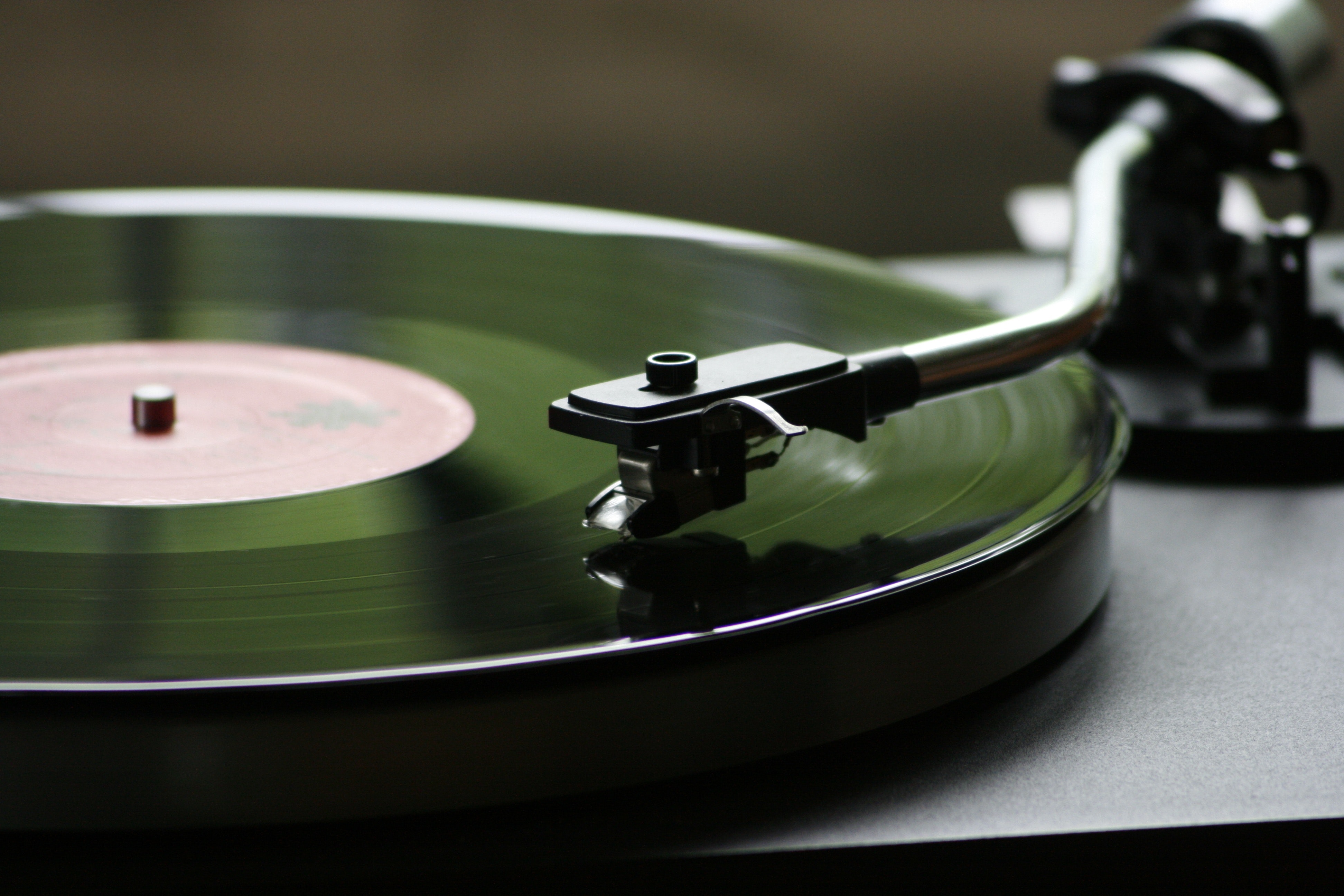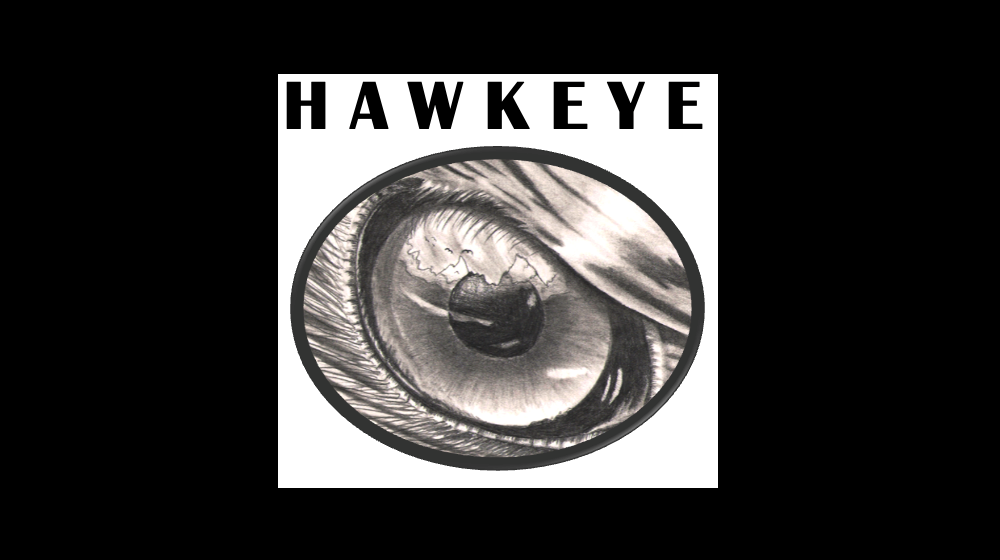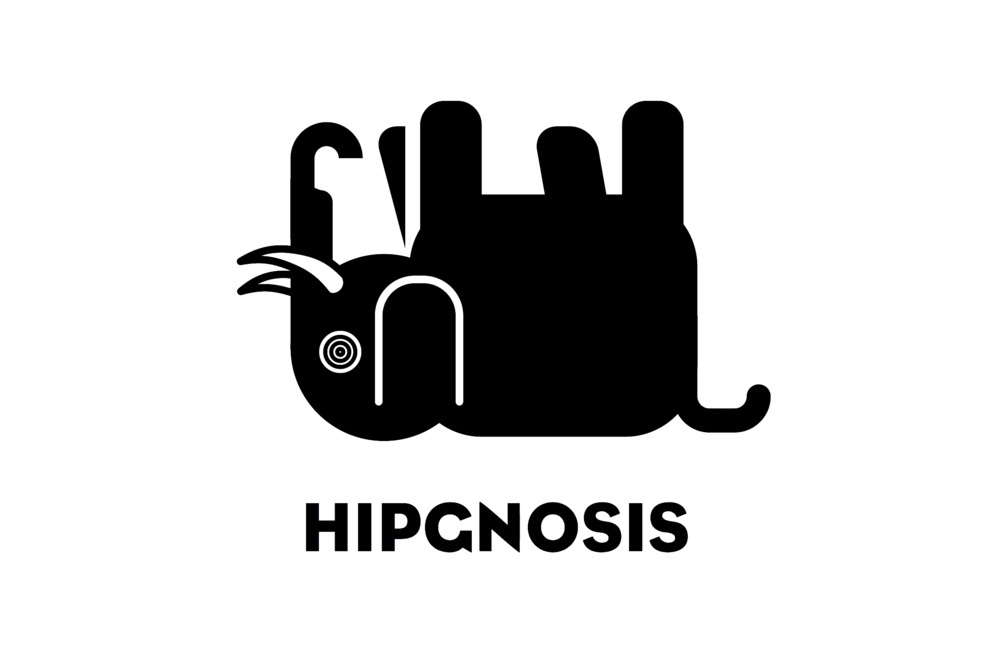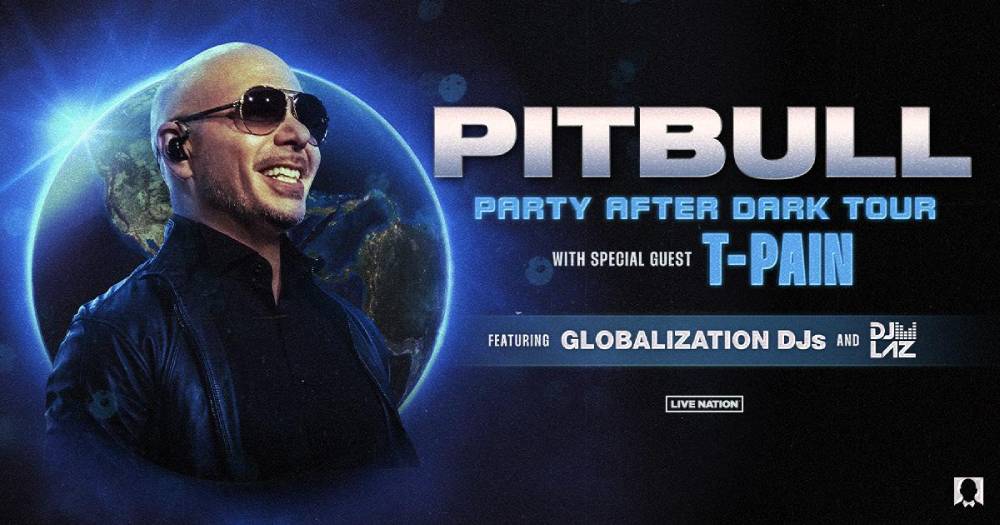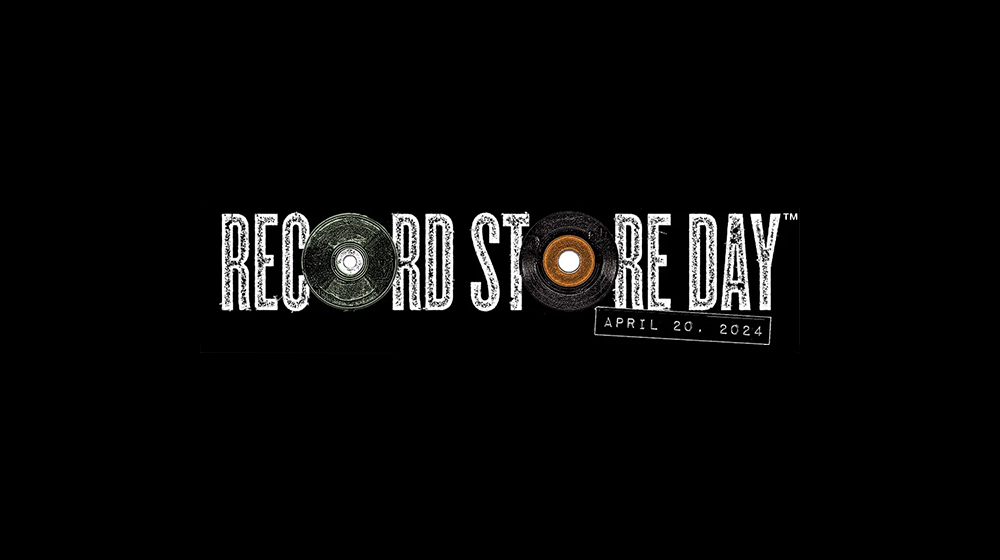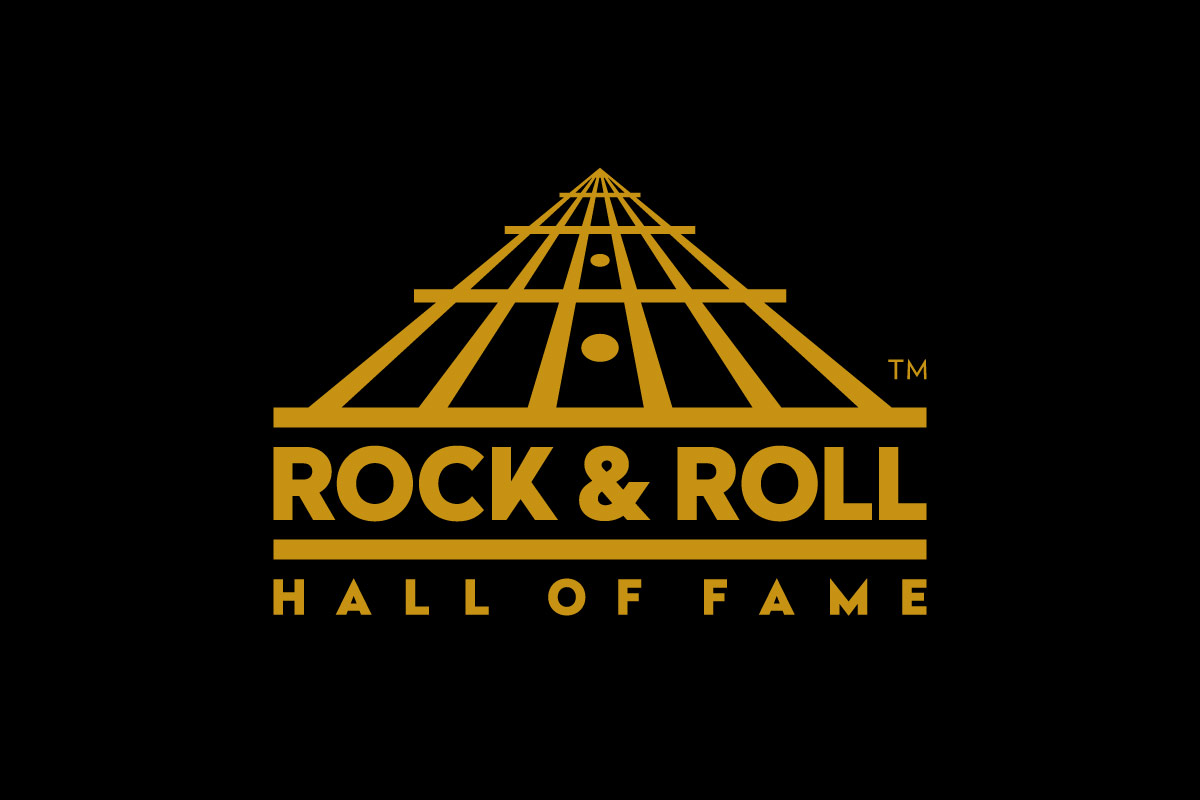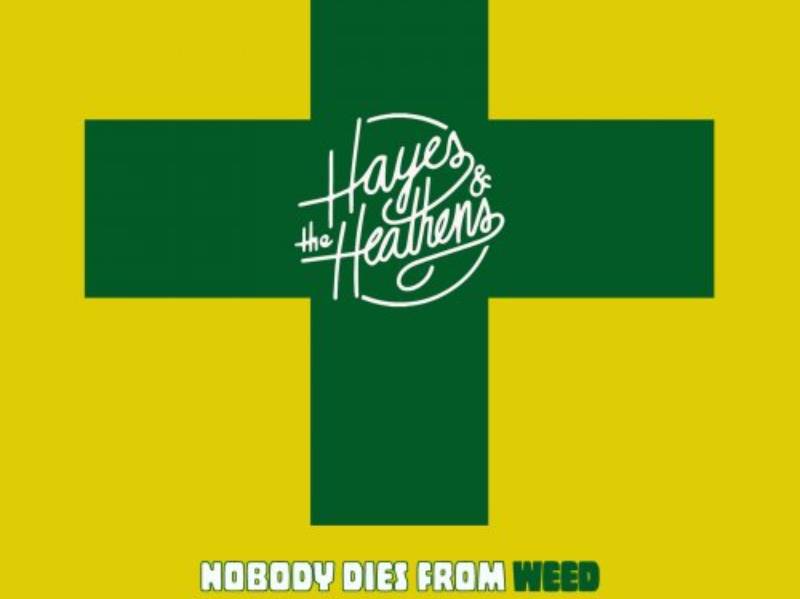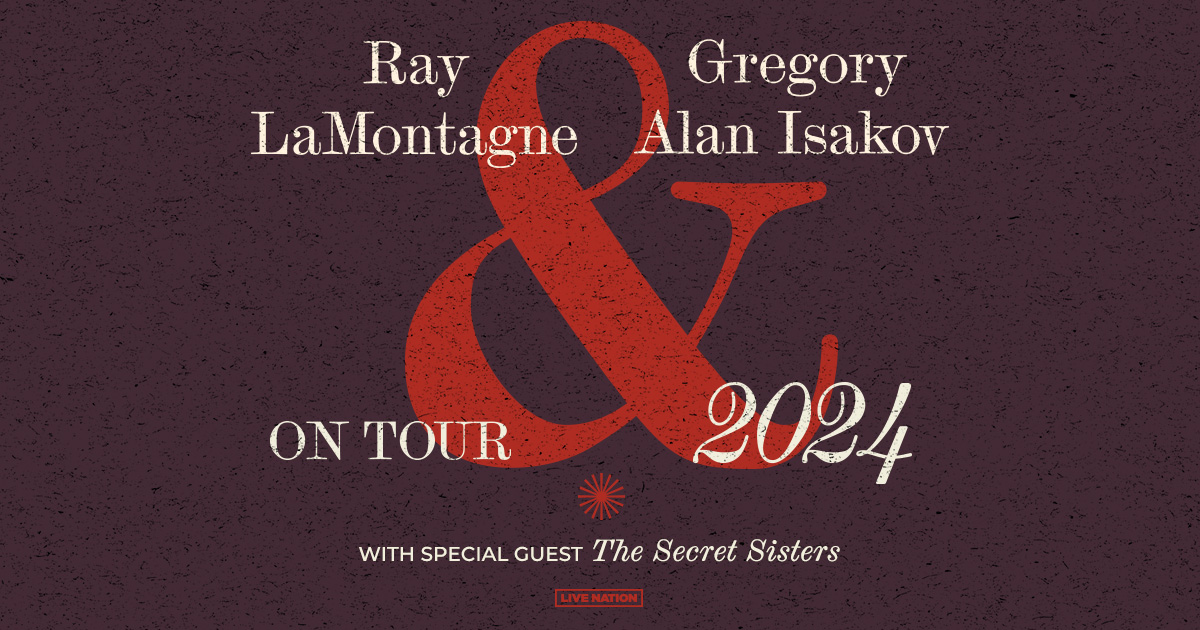
NEW YORK (Hypebot) – To understand the MTV Generation, the Millennials, and the epidemic of file-sharing that has preceded them, Malcolm Gladwell, best-selling author of The Tipping Point and Outliers, might argue that not only do you have to look beyond the individuals, but also you have to understand the culture that they are a part of and where they came from. With this, you must be able to appreciate the idea that the values of the world they inhabit and the people they surround themselves with have a profound effect on who they are.
The MTV Generation, whose adolescence and coming of age was heavily influenced by their early psychosocial exposure to popular culture in general and mass media in particular, is usually conceived as a "cusp" between Generation X and Generation Y. These factors, along with peer pressure, resulted in a “peculiar, homogenous youth culture defined by a deep appreciation of the fashion trends, perspective, attitude and music popularized by MTV.”
innovations and not as psychological of a “want-turnover” rate.”
Compared to their parents, their views on obsolescence would have been greatly influenced by growing up with such semi-obsolete items of the pre-digital era as VHS tapes, audio cassettes and vinyl records. While they were the second generation to have their perspectives mostly shaped through television, a large majority of the obsolescence they experienced was primarily due to technological innovations and not as psychological of a “want-turnover” rate.
While the earliest of the Millennials possess definable traits of both groups, the later majority of those whom are more pure in their ‘Digital Native’ roots may have developed different perspectives of obsolescence. In relation to technology, ranging from cell phones, MP3 players, computers, and videogame systems, these items were probably still working while they were rendered not technologically, but psychologically “obsolete” by a newer, more trendy model.
In the world of these ‘Digital Natives,’ there are no “Joneses” to keep up with or profound innovations that renders others obsolete. At this pace of change, they are just trying their best to keep up with everyone else. The omnipresent digital divide between them and some of their peers only gets deeper as they try harder to stay ahead of the curve. Among them, the fashions, music, and technologies of the day are quickly disposed of and replaced once they are no longer in style.
2. Perfect Sound Forever
“Rip, Mix, Burn” has come to culturally describe this population of one billion youth whose digital hands have been known for their tendency to blur the boundaries between themselves and their physical world. Yet, in recent years, that once highly controversial message that ran during Apple’s 2001 advertising campaign for iTunes has begun to wane in relevance and fails to describe the radical shifts in consumer behavior that have occurred during this time period.
“Most of all,” John Palfrey and Urs Gasser observe in Born Digital, “Digital Natives don’t think in terms of recorded music in the forms of LP’s, eight-tracks, cassette tapes, or even CDs, purchased at a record store; music, for them, exists in a digital format they can download from the Internet, move around, and share with their family and relatives.” Increasingly, they also tend to view music as something that is disposable, songs can be simply deleted.
that span down to only one or two years, which
renders the medium itself as a disposable.”
With over two-hundred and six million iPods sold worldwide as of April 2008, it would seem as though music isn’t as readily being captured on discs as it was during the personal computer and CD-burner boom. Even then, with proper care it was thought CD-Rs should have a shelf life between three to five years. However, common handing practices have been known to reduce that span down to only one or two years, which renders the medium itself as a disposable.
Clearly, this isn’t “Perfect Sound Forever,” as the Record Industry had once imagined, but simply a means to an end for the youth whom embraced it. As the CD-Rs planned obsolescence, what Giles Slade defines in Made to Break as, “the assortment of techniques used to artificially limit the durability of a manufactured good,” seemed to align itself perfectly with the lifecycle that lowest-common-denominator music adheres within commercial radio playlists.
Near the end of the twentieth century, Major Labels that embraced disposability and commercial music as a viable way to achieve repetitive consumption realized that in catering previously to niche acts and genre specific music, they had severely limited their potential market. But, in abandoning their more risk averse, ‘gut-feeling’ mindset, they began to operate in a very conservative way, which caused them to try to minimize the very risks that built their industry.
3. ‘We-Species’
While branding was touted as the first method to establish a direct relationship between an artist and their fans, Major Labels knew that they lacked the means to position themselves and “their music” in the minds of potential buyers. And, each passing year, the competition amidst the labels for a fan’s spending money only intensified and executives became eager to use whatever means they could in order to encourage fans to by “their music” rather than that of competitor’s.
Having already reaped the rewards that technological obsolescence garnered in the CD-boom where avid music fans aggressively replaced their vinyl with plastic discs, another problem loomed. How do you take a highly volatile and unpredictable product like music, sell enough to grow your industry quarter to quarter, and then next year deliberately introduce music that will make those collections of songs old fashioned, out of date, and obsolete?
their lists is that fans start buying the albums
because other fans are buying them.”
“Psychological obsolescence,” Slade continues, “was a strategy designed to put the consumer into a state of anxiety based on the belief that whatever is old is undesirable, dysfunctional, and embarrassing, compared with what is new.” As it turns out, MTV and Top 40 radio were perfect vehicles for driving repetitive consumption. In effect, what happens when songs make it on their lists is that fans start buying the albums because other fans are buying them.
The CD-Release Complex, then, is formed by harnessing an audience’s true nature as a collective, rather than focusing the behaviors of individuals. Music executives learned that if they wanted to influence the behavior of an individual they had to do so by attempting to alter the mass-behavior of the collective. Only then could they influence a person’s behavior through a combination of emotions and impulses that had been rejected from awareness of the individual.
This phenomenon of behavior lies at the core of human nature, which is, as Mark Earls argues in Herd, because, “we are a ‘we-species’ who do individually what we do largely because of each other.” The root of this idea is why lowest-common-denominator music is successful, because it’s made to be timely, not timeless. Therefore, the disposability lies within music itself, because it too can be used as a form of obsolescence that will encourage repetitive consumption.
4. Throwaway Culture
What we have is an entire population of ‘Digital Natives’ who weren’t conditioned to steal, but to ‘want,’ not only beyond themselves, but entirely beyond their means. These kids are a product of the consumer culture that helped raise and instill them with their values. While it may be that it’s their deep appreciation for and sensitivity to fashion that causes a very high rate of “want turn-over” in music, the velocity of the Internet sure doesn’t help either.
How did this all happen? Slade further explains that, “modern consumers tend to value whatever is new and original over what is old, traditional, durable, or used. Advertising and other marketing strategies have helped create this preference by encouraging dissatisfaction with the material goods we already have, and empathizing the allure of goods we do not yet own. When dissatisfaction and desire reach a peak, we acquire the new and discard the old.”
the very demand they tried to create.”
In Free, Chris Anderson talks about the basic dilemma that underpins the economics of fashion, which also applies to music in that, “[Fans] have to like this year’s [songs], but also quickly become dissatisfied with them so they’ll buy next year’s [songs.]” Yet, after decades of mixing forms of obsolescence with music in order to encourage repetitive consumption, music executives don’t realize that they are trying to criminalize the very demand they tried to create.
Furthermore, these executives need to realize that they won’t be able to understand why someone file-shares music if all they do is think about that individual’s personal choices and actions in isolation. To paraphrase Richard Ling in The Mobile Connection, like their use mobile telephones, the “adoption of [file-sharing] is not simply the action of an individual but, rather, of individuals aligning themselves with the peer culture in which they participate.”
Now, it’s quite unlikely that these executives will be able to reverse the ongoing side-effects of having used various forms of obsolescence to encourage the repetitive consumption of popular music in America. Having already caused an entire population of music fans to generalize their throwaway habits to cultural goods, sadly, those within the Record Industry must now learn how to monetize and encourage the continuous consumption they call “piracy” and forget the decades of repetitive consumption that made them filthy “rich.” — Kyle Bylin, Associate Editor
Hypebot






















